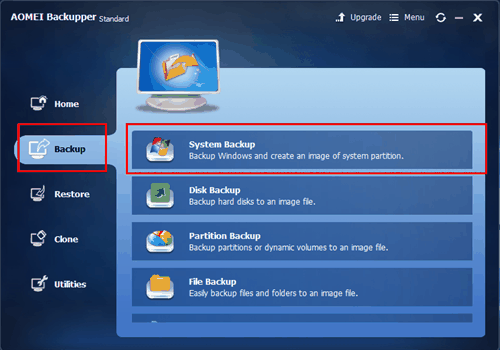

- CRASHPLAN CONNECTING TO BACKUP DESTINATION FOR FREE
- CRASHPLAN CONNECTING TO BACKUP DESTINATION FULL
- CRASHPLAN CONNECTING TO BACKUP DESTINATION SOFTWARE
- CRASHPLAN CONNECTING TO BACKUP DESTINATION FREE
- CRASHPLAN CONNECTING TO BACKUP DESTINATION MAC
Also, it's quite impractical to select an expensive plan when your requirements are quite less. It's not wise to go for a cheaper plan to save couple of bucks which in future may cost you a business-failure. As a business owner, it's important to first understand your own data volume and the business-scale before choosing any plan.
CRASHPLAN CONNECTING TO BACKUP DESTINATION FREE
These cloud storage plans range from free to paid ones. There are several cloud storage companies offering various plans for small to large businesses. Cloud backup also avoids any internal security breach. You can backup your data to a server, quite far away from your original-data computer. Here comes the cloud-storage as a saviour. The local backed-up data will be of no use in case of theft or fire like incidents. It's not wise to put the original data and the backed up data at one place. Usually low to mid-size businesses are the main target of the attackers, because they don't have enough budget/dedicated team to prevent such incidents.Ī solution to such incidents is taking regular backups of the data to an external drive. How can we forget the black hats, for ransomware and bringing down the sites? Mybizhomepage, a $100 million company had to shut down its business due to the data breach. Hardware failures and human error in data handling are very common. But practically it's almost impossible to do so. A business needs to be protected from hackers, human-errors and hardware failures. On one hand, digital platforms offer more exposure for any business by providing unlimited marketing, lead-capture and sale opportunities, while on the other hand, a single loophole in security or data handling can bring the business down. Surprisingly, some businesses don't have any brick-mortar office, they run completely online. May I ask why you are writing off cloud backups? In my experience they are among the most reliable and hands-off way of backing up simple user data, and it is extremely cheap with many providers.Today most of the businesses run on the digital platform. If it makes you feel better, I'd suggest doing one image backup either with Disk Utility or CCC and archiving it, then use file level backups for the regular day-to-day backups. Unless you really need the ability to restore a recent image as quickly as possible, that system is adding extra complexity to your backup routine, which, IMHO, should be as simple and as hands-off as possible. So long as you back up your users Home and Applications directories, you can pretty much restore quickly from a clean install. On OSX, due to the way the system is designed, this is a little bit less important.
CRASHPLAN CONNECTING TO BACKUP DESTINATION SOFTWARE
We use Acronis for occasional machine images, but real file backup software for daily use. Images are large files that are mostly static, and are difficult to manage once you start making incremental versions of them. Rhythmdvl - In our Windows environment at my office, we treat images differently than backups.
CRASHPLAN CONNECTING TO BACKUP DESTINATION FOR FREE
And as I mentioned, CrashPlan lets you use those powerful tools for free for local backups.

Rsync isn't nearly as powerful as modern backup utilities that do endless file versioning while requiring little additional backup space due to block-level deduplication. If you think there is a solution we may have overlooked, great-but we've sunk a few hours into trying various commands and whatnot. It may work if we upgraded (twice), but that is not an option. Weve talked to Applecare and tried the workarounds on the net to no avail.

*Time Machine requires that you have the target drive directly connected to the laptop. While wed rather not pay an exhorbinent amount, we dont need it to be free/shareware. This is going to go on my wifes machineshe loathes learning new software, so the more handholding the better (or else it will just sit in the background). It also has to have a very good/easy interface.
CRASHPLAN CONNECTING TO BACKUP DESTINATION MAC
if our Mac gets fried, we can rebuild to the last backup, software and all), recovery disk, autonomously managed space, integrity checks, etc.
CRASHPLAN CONNECTING TO BACKUP DESTINATION FULL
We want the full suite of capabilitiesalways running in the background, complete system restore on demand (i.e. We also do not want to back up to the cloud. We cannot use Time Machine, so are looking for the Acronis of Mac, so to speak. We have an OSX machine (10.5.8) that we want to back up to an existing NAS.


 0 kommentar(er)
0 kommentar(er)
